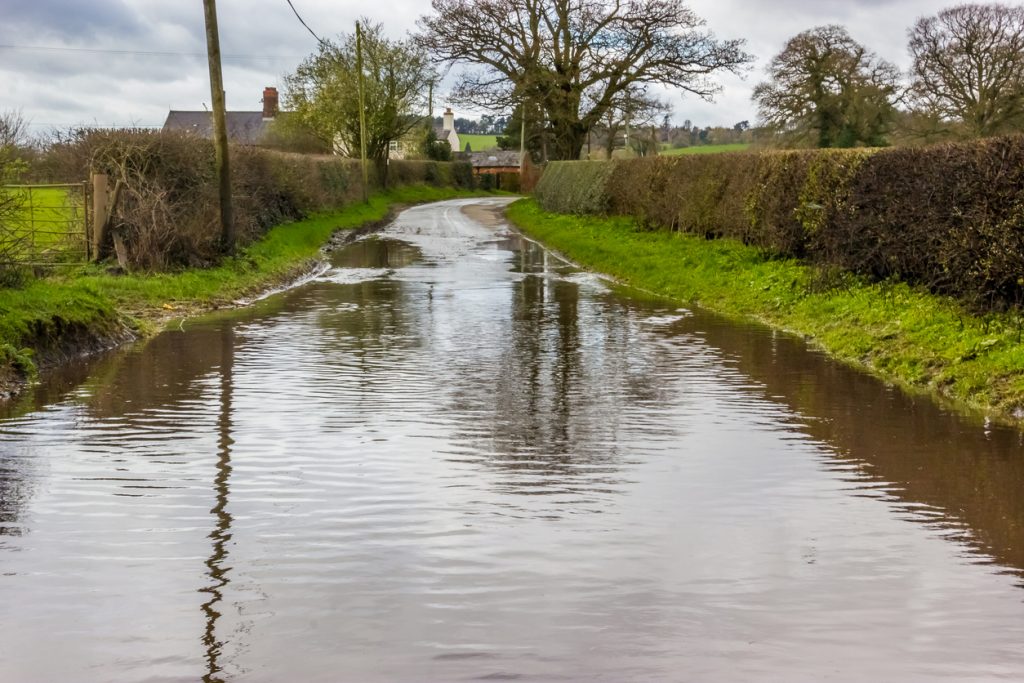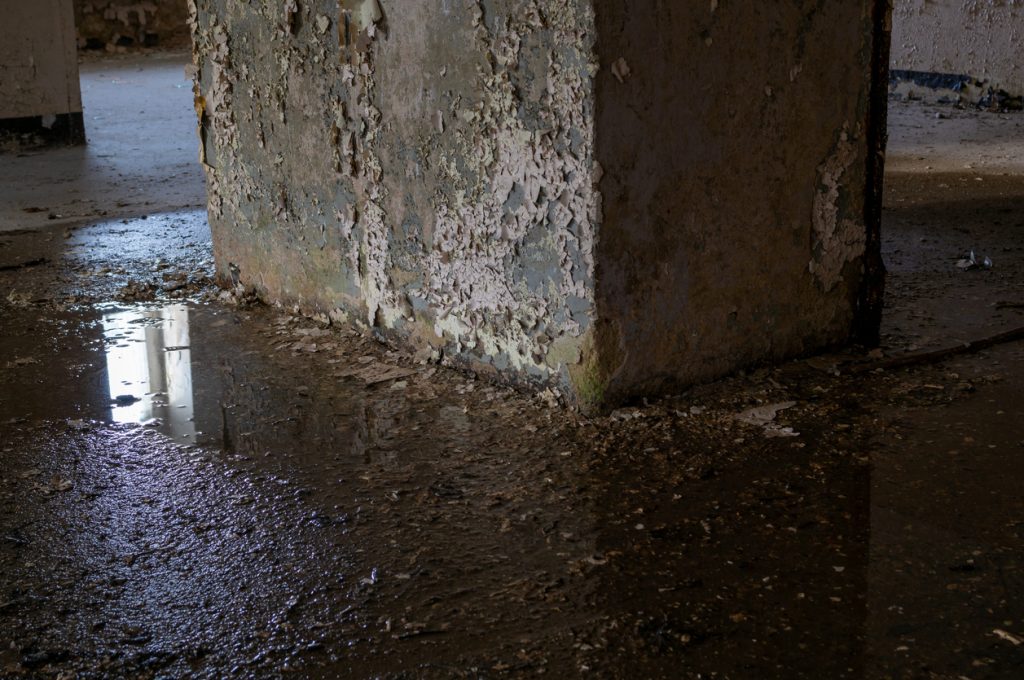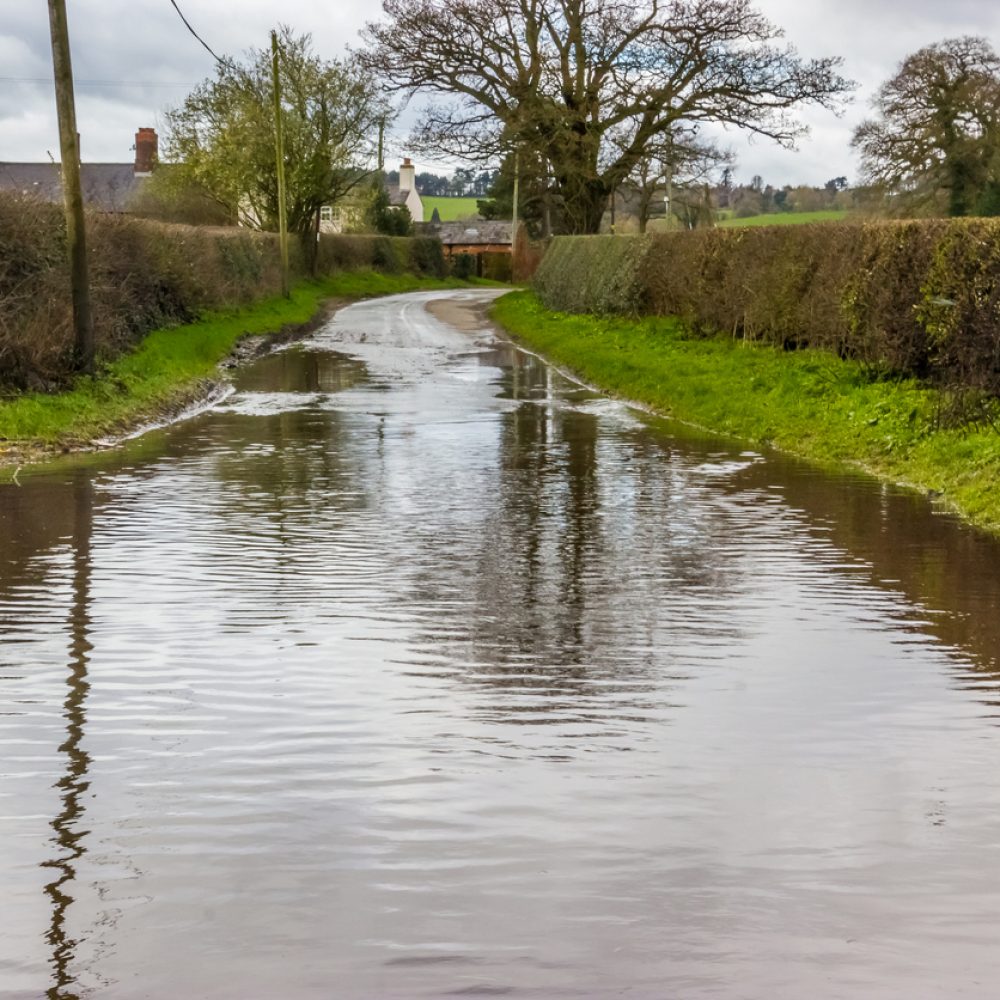What Is Groundwater Flooding?
We recently explored the issue of flooding in the UK. The article focused on flooding caused by an excess of surface water through heavy rain. However, flooding can also result from the level of the water table rising from beneath the ground. This is known as ‘groundwater flooding’.
But how does such flooding occur? How does it differ from surface water flooding? And – most importantly of all – what can we do to manage the problem? The Need a Tanker team is here to answer all your questions.

How does groundwater flooding occur?
The water table represents the point that separates the permanently saturated ground below and the generally drier soil above. Many types of soil have natural drainage that allows rainwater to be absorbed at a fast enough rate that the water table rarely rises to the point where it’s likely to cause a problem.
However, if a heavy rainstorm occurs when the water table is already sitting at a higher level than usual – this is likely to be over winter – there is a risk that it can cause water to rise up even further and potentially flood a property.
How does groundwater flooding differ from surface water flooding?

When your home or business is flooded, probably the last thing you’ll be worrying about is whether it’s the result of surface, river or groundwater flooding. After all, it’s all going to cause the same kind of damage once it gets into your property.
With the first two, however, you do generally have some kind of advance warning as local river levels rise or excessively heavy rain causes flash surface flooding. Plus, official flood maps provide warnings of these types of flooding, not least because they are relatively easy to predict.
In the case of groundwater flooding, on the other hand, there is the chance of it literally creeping up on you. Partly, that’s because no official flooding maps exist to warn of it becoming an issue. This in turn is because this kind of flooding is slow to develop and hard to pinpoint exactly where it will become manifest.
When groundwater flooding does occur, it enters your property from the bottom up and is likely to show signs such as water in your basement or cellar and damp patches at lower levels of your premises.
Where is it common to find groundwater flooding?
Areas with certain types of underlying permeable rocks, including chalk, sandstone and limestone, are most susceptible to the risks of groundwater flooding, as are river valleys with thick deposits of alluvium and river gravels.
In the UK, this includes parts of southern and eastern England, the Cotswolds, East Yorkshire and the eastern end of the Pennines. Parts of London are also at risk, including areas such as Fulham, Hammersmith, Southwark and Wandsworth.
How do you manage groundwater flooding?
One way of protecting your property against the risk of groundwater is to either install a tanking slurry or waterproof render to lower levels of the building, to form a barrier between it and the groundwater. Alternatively, a Type C cavity drainage system can move encroaching groundwater away from your property.

If your property should suffer any kind of flooding – including basement flooding – Need a Tanker can provide a fast and effective solution, wherever you are in the UK. Contact us now to find out more or to arrange an appointment with one of our experienced engineers.
